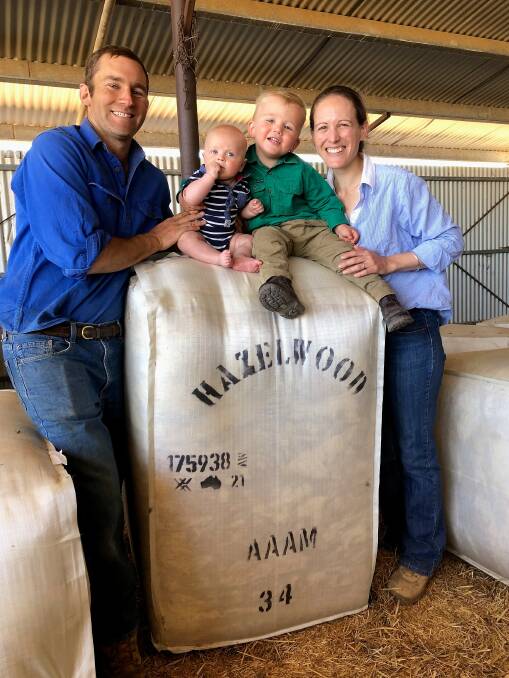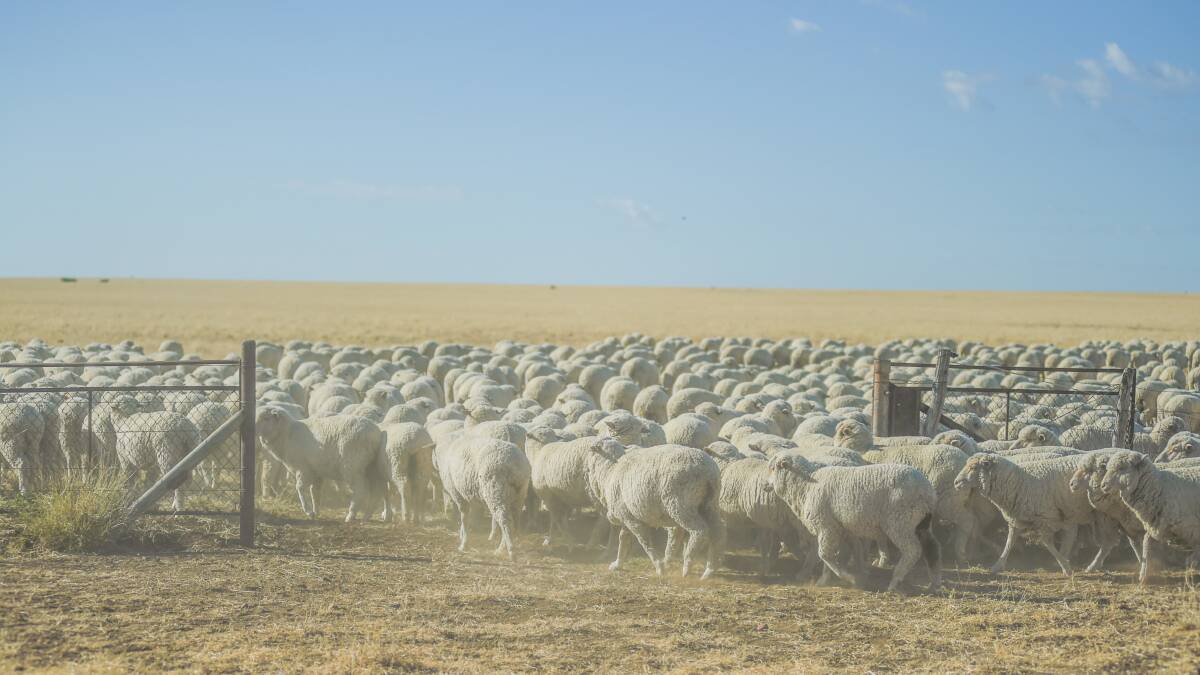
Queensland sheep producers have signalled bold intentions in boosting Merino numbers with industry analysts saying the Merino can provide the opportunity to "have your cake and eat it too".
Subscribe now for unlimited access to all our agricultural news
across the nation
or signup to continue reading
A recent forum held by Leading Sheep in Longreach under the theme of 'Meeting the Markets with Merinos' unravelled many farmers representing a number of primary production business were keen to re-introduce the Merino or increase their current numbers.
The forum included presentations from industry leaders focusing on market analysis, data, diversification opportunities, industry services and how technology can be used to enhance business decision-making and drive greater returns for producers.
Speaker at the forum analyst Matt Dalgleish from Thomas Elder Markets said growers reacted well to the prospect of looking at the Merino as a package of both wool and meat.
"At the end of the day, that is what producers want, growth in the Merino, but not just in wool," Mr Dalgleish said.
"Obviously wool will always be the primary commodity, but why not have your cake and eat it too."
Delivering practical and relevant insights into the Merino meat markets, one big opportunity, he said, is in dry-aged mutton.
"There is a lot of potential where producers could take their product into a space in the industry where they're not competing directly with prime lamb, because they don't need to be," he said.
"At the moment it is labelled 'dry-aged mutton', but there is no reason why you couldn't look at a leaner Merino dry- aged product.
"Producers can still grow and cut a fleece once every five years, and then at the end of that time they also have another premium meat product.
"As long as this is done without forsaking the wool of course, because that's the main game. But they've also got an eye to what they're going to do with the product when it's at the end of its wool producing days."
He advised the audience to learn from the cattle industry where growth in feedlot operations signals a move toward a more secure supply chain.
"Just like the grass-fed sector, and the grain-fed sector, they are both beef, but they understand there are market segments," he said.
"They use the genetics and use the feed regime and select the right types for a particular end product, which can go into a dedicated market that wants that type of a product.
"These markets are out there for a Merino as a meat product."
Andrew and Lucy Hacker, who run a mixed Merino sheep and Angus cross cattle operation over the 8095 hectare property Hazelwood at Isisford, know the Merino offers diversity in markets.
Mr Hacker is no stranger to the breed, growing up with Merinos on a family property between Roma and Mitchell.
"I know there are positives to running Merinos and I think they suit the area out here - they handle the conditions," Mr Hacker said.
"The two income streams between meat and wool work well. Sometimes it can be difficult to produce the meat side of the article, seasons can be tough and difficult to produce a decent amount of protein.
"Whereas wool can be produced for a lot less feed and a lot less quality food."
He said it's about making sure stock are kept in good condition and to also have the security of knowing your flock is safe from pests.
"We've just spent a lot of money on fencing, so that's made a big difference," he said.

"It's also allowed us to be able to manage grazing pressure. Now that we now have control, we can lock up areas and know there is going to be fresh feed available for sheep to go into.
"Whether that be at joining or lambing or weaning lambs onto decent quality feed, that has been a huge benefit."
He believes if the Merino industry wants to seriously compete with a a meat sheep or goat enterprise, which are the other alternatives in the area, producers really need to put some more emphasis on reproduction.
He said it's about getting lambs on the ground, and getting them to grow.
"Things such as scanning ewes, wet and drying the ewes at lamb marking and just putting a lot of selection pressure on the flock for reproduction," he said.
"I think a lot of the time we are looking at the wool cut, which is very important, but with the way meat prices are, it is so important to also get as many surplus sheep on the ground as we possibly can.
"It will help us compete with rival enterprises."


